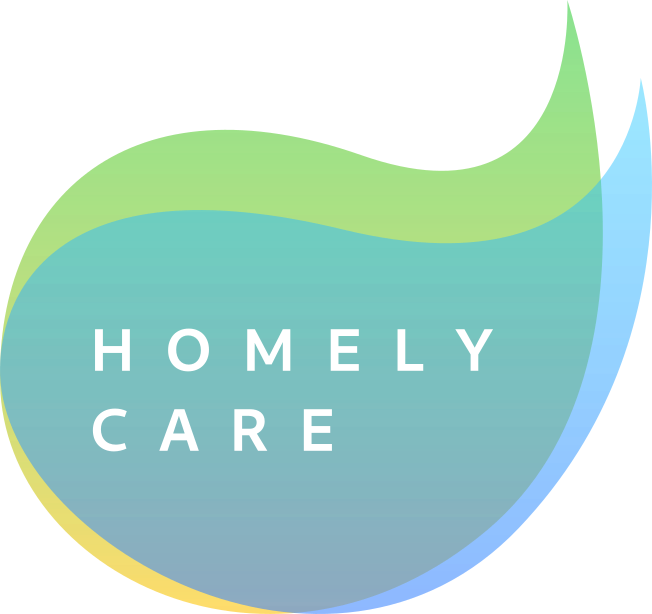
Paving the way for the future of telemedicine
Homely Care is an innovative and easy-to-use tool to monitor patients affected by neurological diseases. To access the service, the patient simply has to use a web application on his device (smartphone, pc) which, through the integrated camera and microphone, records the execution of evaluation tasks described from time to time. The recordings thus collected are transferred to a cloud platform where proprietary artificial intelligence algorithms analyze them, extracting clinically relevant indices. All the information resulting from the analysis is made available, in the form of graphs, to clinicians in a web application dedicated to them.

Clinician's analytics platform
The analytics platform allows clinicians to follow their patients continuously and from any device.
Dashboard
Monitor the patient's status over time by displaying indexes collected during the evaluative sessions in graphical form.
Share observations
Note observations for each patient and share them with your colleagues.
Customize the tasks for each patient
Select from each patient's profile the tasks to be performed from all those available. Specify the order of execution as well.
Manage your tags
Create customizable tags and assign them to your patients, to filter them effectively.




Patient's application
The patient's application, usable from any device equipped with microphone and webcam, allows the acquisition of multimedia data from which indices of interest for the clinician will be extracted.


Schedule your sessions
From the main page of the application the patient can start a session, or view the scheduled ones.
Perform the tasks
The tasks will be gradually shown to the patient, accompanied by explanations and tutorials that simplify their execution.
System features
To achieve the maximum usability, the system is comprised of the following features:
Software applications
The patient's acquisition app and the physician's analytics platform are both web applications; therefore, they can be used on any device and operating system.
Deep Learning algorithms
The data collected in audio and video format is uploaded to the cloud and processed through a set of Deep Learning algorithms to extract quantitative and objective indexes.
Patient's tasks
The tasks required of the patient are inspired by those proposed in rating scales used in clinical practice.
Maximum flexibility
Clinicians can customize, through their platform, the assessment plan of their clients, by choosing the tasks best suited to the needs of each patient.
More effective analysis
The collected indices are displayed as time-dependent graphs. This allows the clinician to evaluate the evolution of the patient's performance over time and allows to capture possible correlations between the indexes.
Less travelling
The maximum compatibility of the acquisition application, combined with its simplicity of use, allows patients to conduct evaluation sessions at home, in a familiar environment, reducing the need for traveling to the clinical center.
